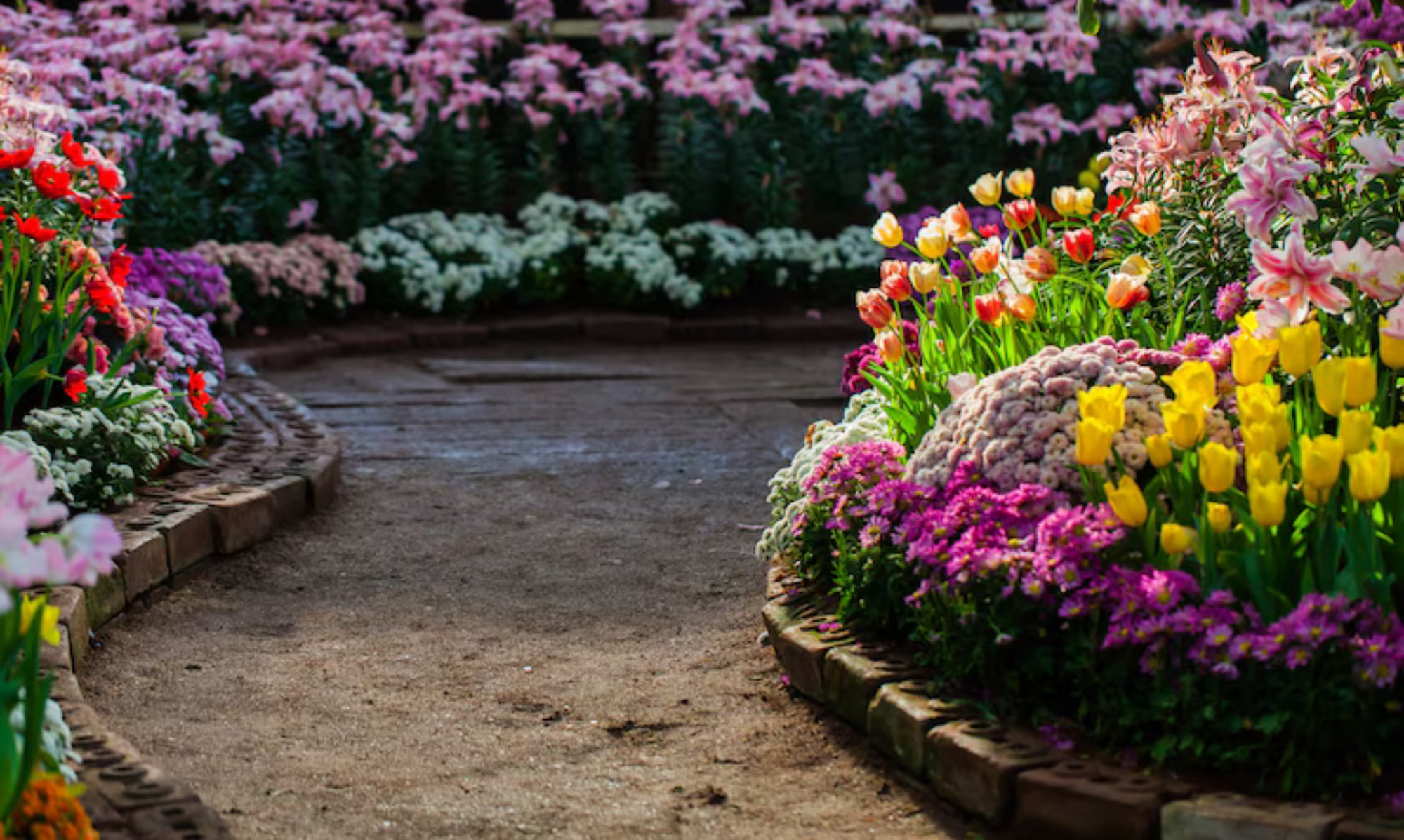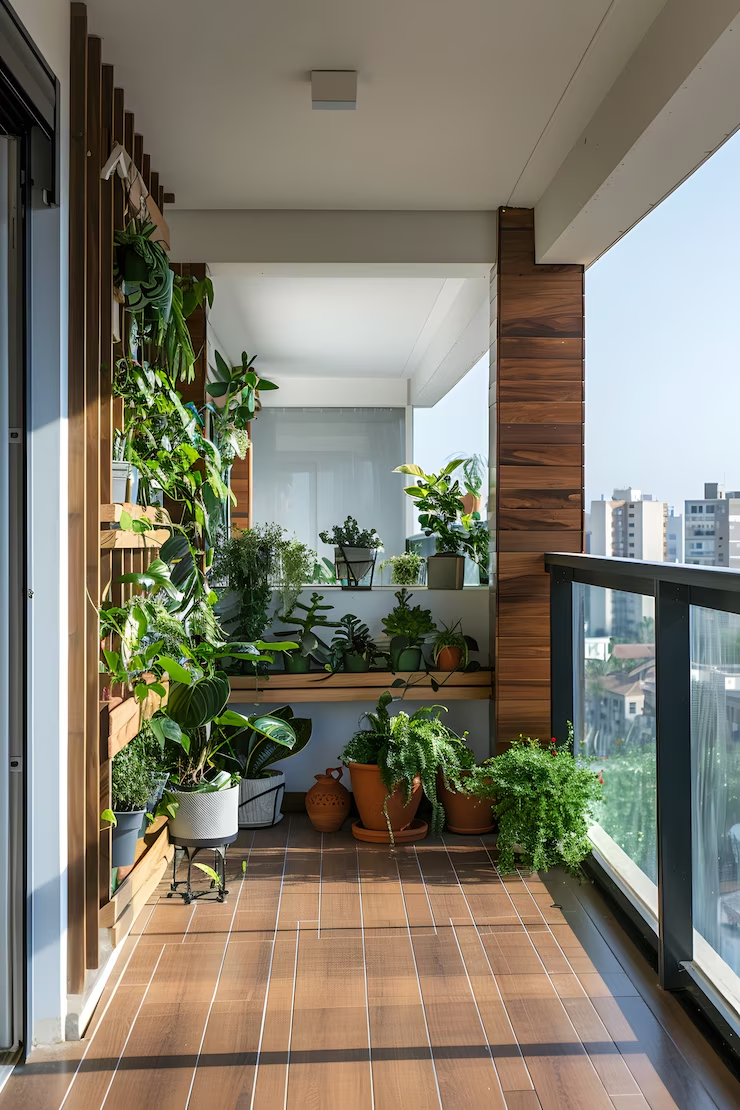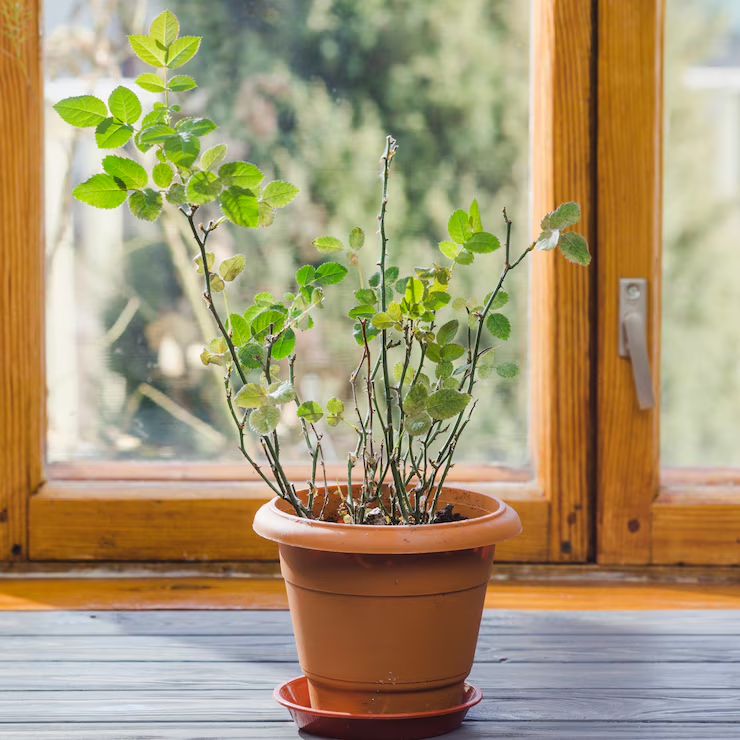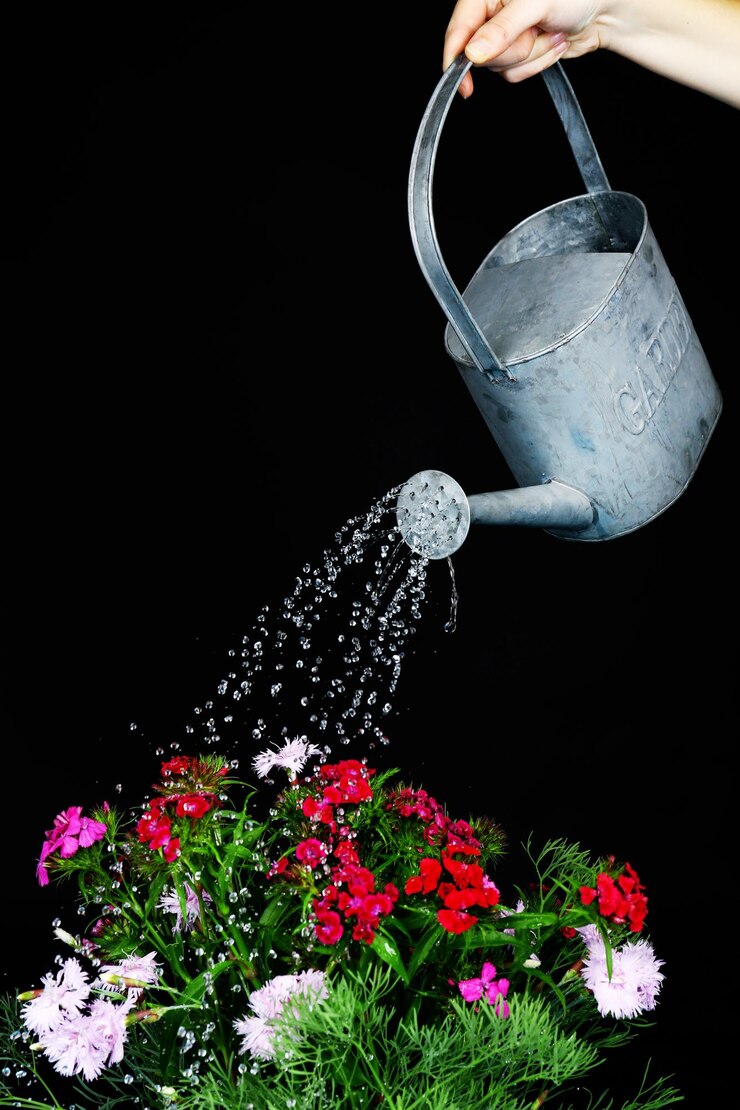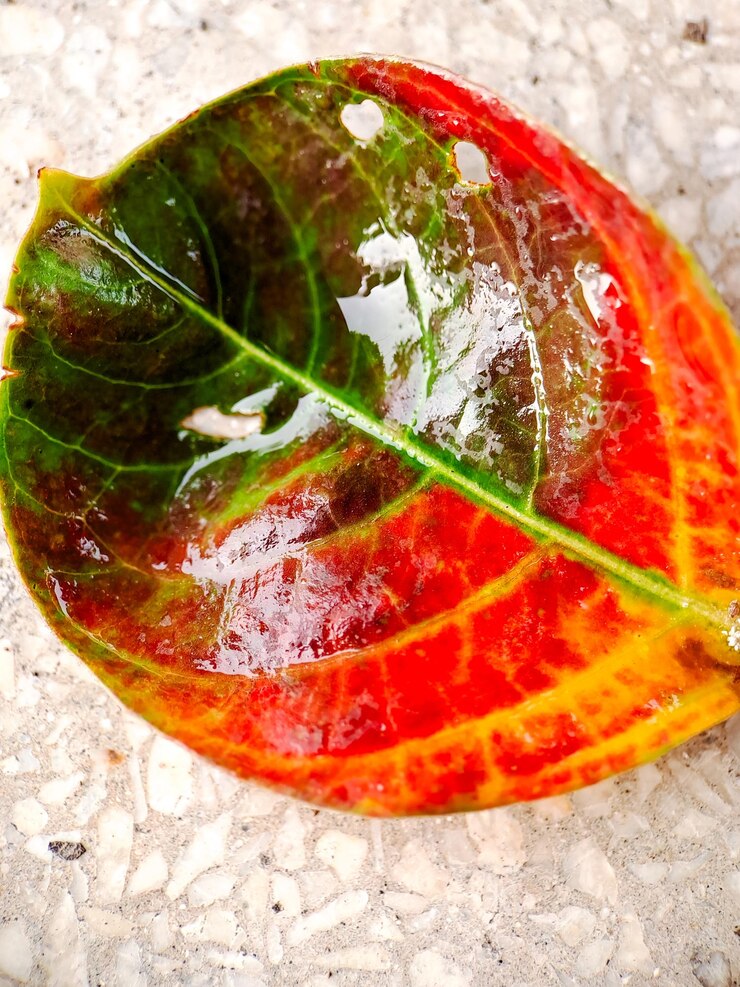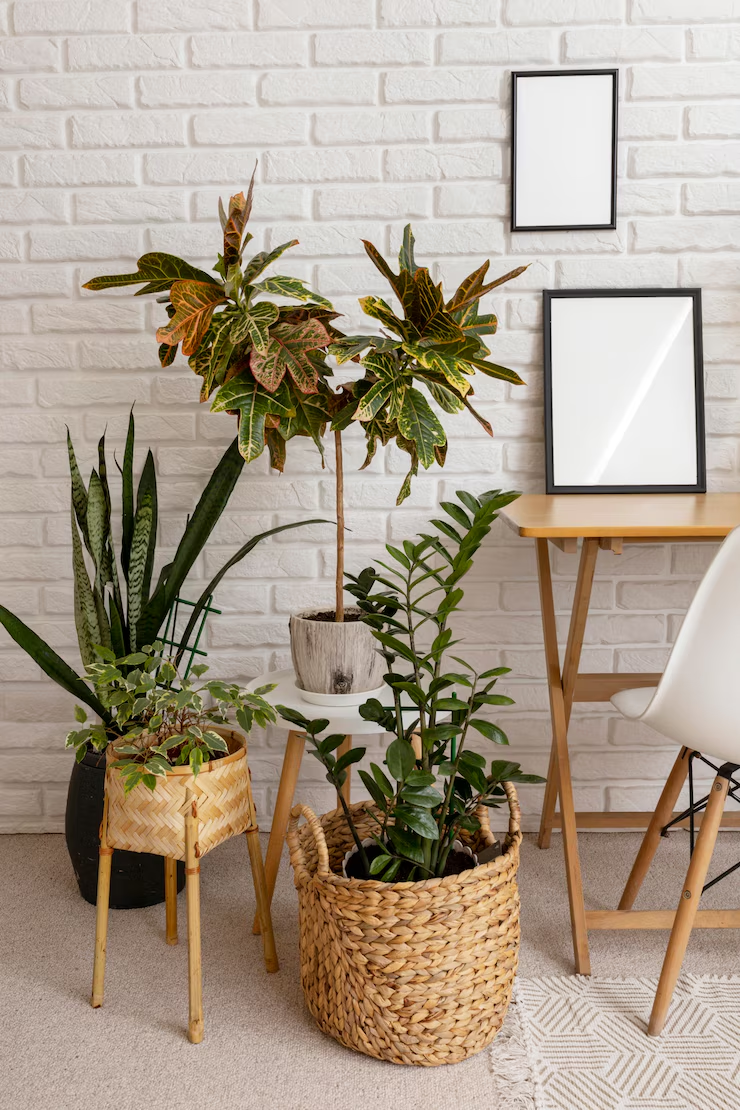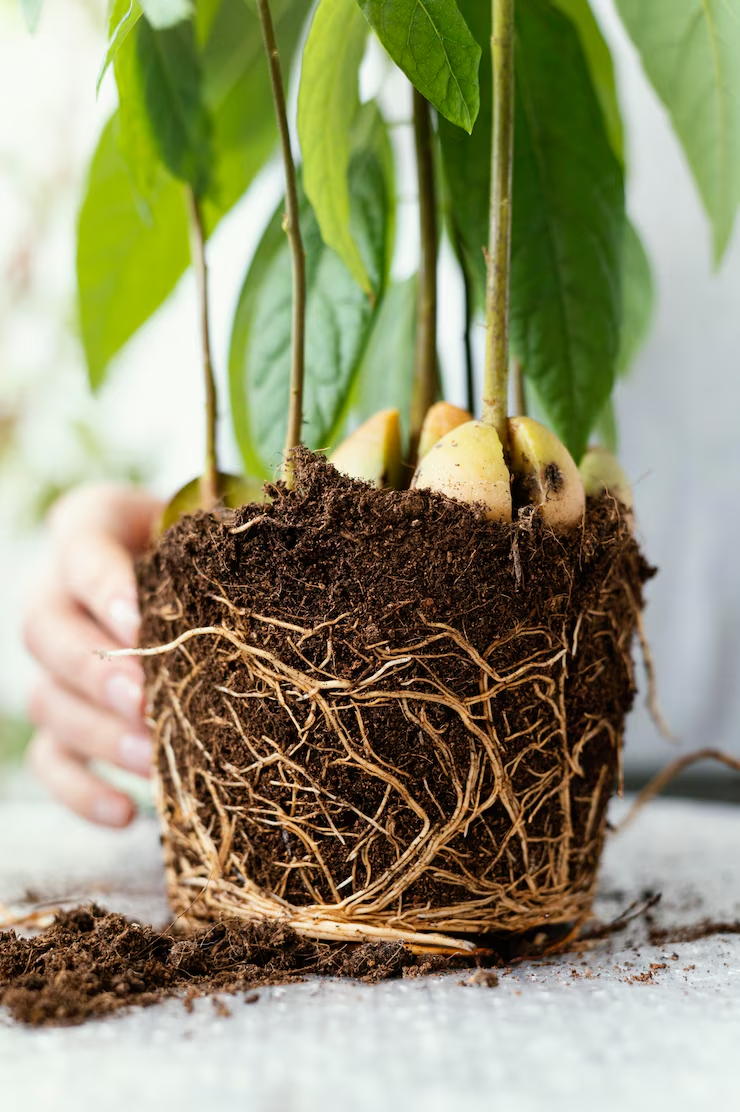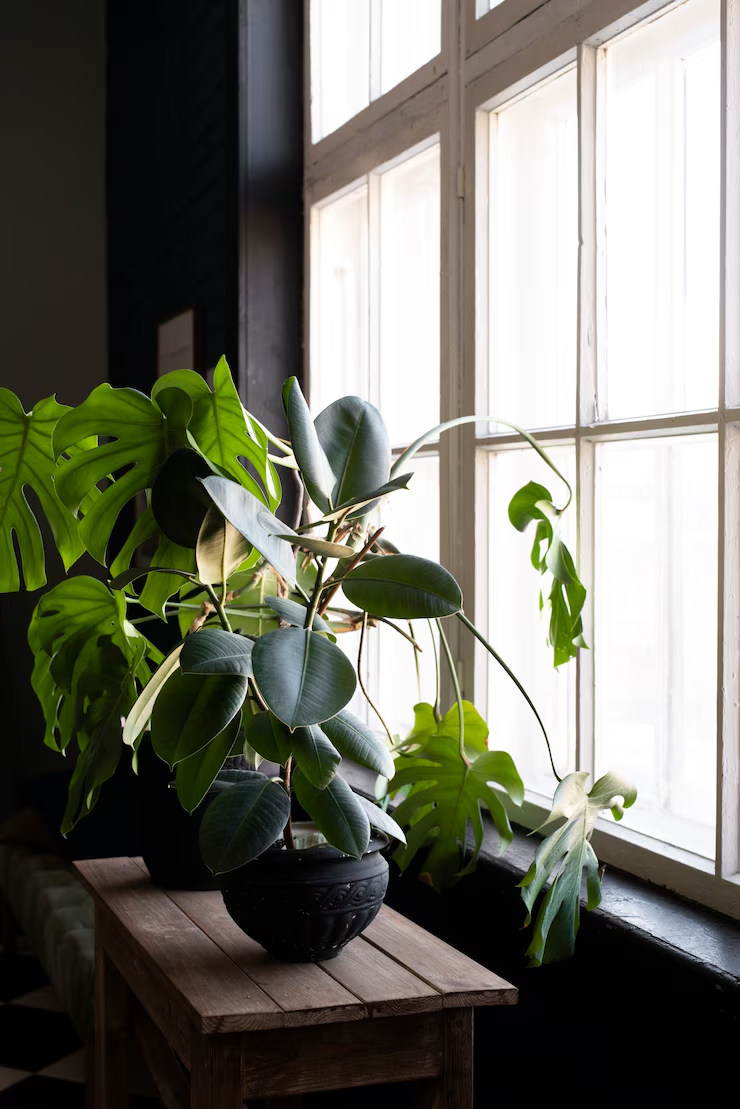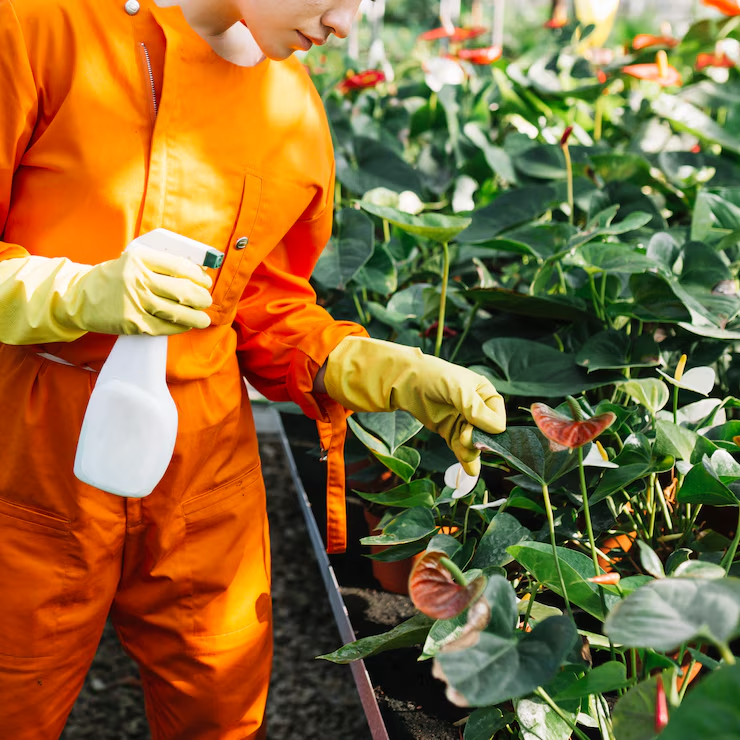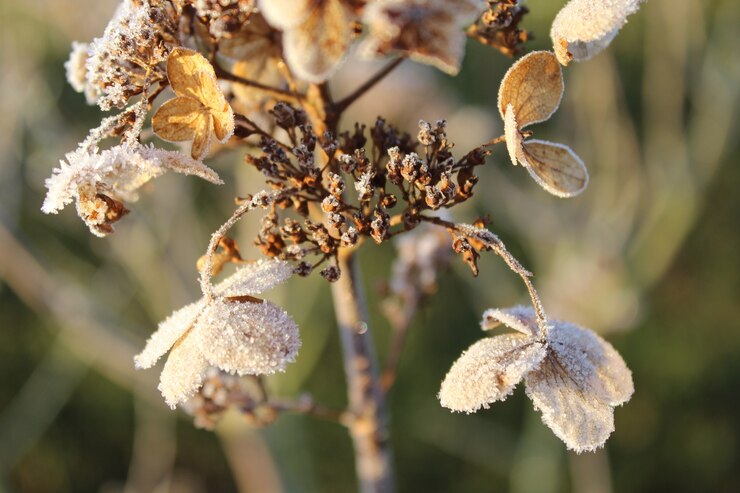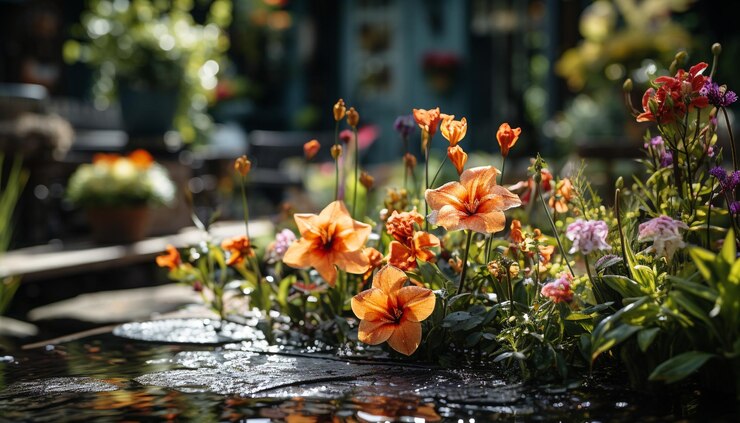Living in an apartment doesn’t mean you have to give up on your dream of having a garden. In fact, creating a green corner in your apartment is one of the best ways to bring life, color, and calm into your home — no backyard required. Whether you have just a small nook or an entire wall to work with, you can design a cozy indoor jungle that suits your lifestyle and space.
This guide will walk you through every step to set up your perfect indoor green corner — from choosing the right spot and plants to styling and maintenance.
Why Create a Green Corner?
Aside from adding natural beauty to your home, a green corner offers several amazing benefits:
- Improves indoor air quality
- Reduces stress and boosts mood
- Acts as a creative, living décor feature
- Adds humidity to dry indoor environments
- Connects you to nature — even in the city
And the best part? You don’t need a huge budget or tons of space to make it happen.
Step 1: Choose the Right Spot
Start by identifying an area in your apartment that could benefit from a little green magic. Some great places include:
- Next to a bright window (south- or east-facing is ideal)
- An empty corner of the living room
- Unused space near your balcony or sliding door
- Beside your desk or reading chair
- On top of a console table or floating shelf
Things to consider:
- Light: Does the space get bright, indirect light? If not, you’ll need shade-tolerant plants or a grow light.
- Temperature: Avoid areas near AC vents, radiators, or drafty windows.
- Size: Make sure you have enough room for pots or shelves without crowding the walkway.
Step 2: Pick the Perfect Plants
Choosing the right mix of plants is key to a balanced and healthy green corner. Variety is great, but consider their care needs — it’s best to group plants with similar light and water preferences.
Great plants for green corners:
- Snake Plant: Tall and sculptural, easy to care for
- Monstera deliciosa: Big leaves, big personality
- Pothos: Trailing and fast-growing, perfect for hanging baskets
- Peace Lily: Elegant and air-purifying
- ZZ Plant: Drought-tolerant and great for low light
- Ferns (like Boston Fern): Lush and great for humidity
- Succulents: Great for sunny shelves or tabletop spots
Tip: Mix tall plants, medium-sized ones, and small trailing ones to create layers and visual interest.
Step 3: Choose the Right Pots and Accessories
Your green corner is more than just plants — it’s a design element. So choose planters and accessories that reflect your style.
Pot Ideas:
- Terracotta: Breathable and classic
- Ceramic: Sleek and stylish, with lots of color options
- Woven baskets: Add warmth and texture
- Metal planters: Industrial or modern touch
- Recycled containers: Eco-friendly and creative
Also consider:
- Plant stands to add height
- Wall shelves for small pots or trailing vines
- Macrame hangers for vertical space-saving
- Pebbles or moss on top of the soil for a polished look
Step 4: Design Your Layout
Creating an eye-catching layout is all about balance, height, and texture. Here’s how to design your corner like a pro:
- Start with a focal point: A tall plant like a Monstera or Areca palm
- Layer outward: Add medium plants around the base, then fill gaps with small ones
- Use vertical space: Add shelves or hanging planters to draw the eye upward
- Play with color and texture: Combine dark green leaves with variegated ones, smooth pots with rough baskets
Pro Tip: Use odd numbers (3, 5, 7) when grouping plants — it feels more natural to the eye.
Step 5: Make It Functional and Cozy
Your green corner doesn’t have to be just decorative — it can also be a relaxing place to unwind.
Add cozy touches:
- A small chair or floor cushion for reading
- A side table for your tea or journal
- Fairy lights or a soft lamp for evening ambiance
- A rug or mat to define the space
Now it’s not just a green corner — it’s your personal retreat.
Step 6: Keep It Alive and Thriving
Your green corner is a living space, so don’t forget regular care. Here’s a quick routine:
- Watering: Check each plant’s needs and avoid overwatering
- Dusting leaves: Helps them breathe and stay shiny
- Rotating pots: Promotes even growth
- Pruning: Keeps plants looking tidy and healthy
- Fertilizing: Every few weeks during the growing season
Watch for pests like spider mites or fungus gnats — especially in warm, humid corners. Neem oil and sticky traps can help.
Small Space? No Problem!
Even if you’re working with a tiny apartment, you can still enjoy a lush green setup. Try:
- Floating shelves along a bright wall
- Corner ladders or tiered plant stands
- Window planters or suction cup pots
- Hanging baskets from the ceiling or curtain rods
A few well-placed plants can make a big visual impact, even in the smallest studio.
Your Urban Jungle Starts Here
Creating a green corner in your apartment is more than a design choice — it’s a lifestyle. With just a little planning, the right plants, and a touch of creativity, you can build a beautiful, relaxing space that brings the outside in.
Whether you’re a plant newbie or an indoor jungle pro, there’s always a new leaf to grow.
